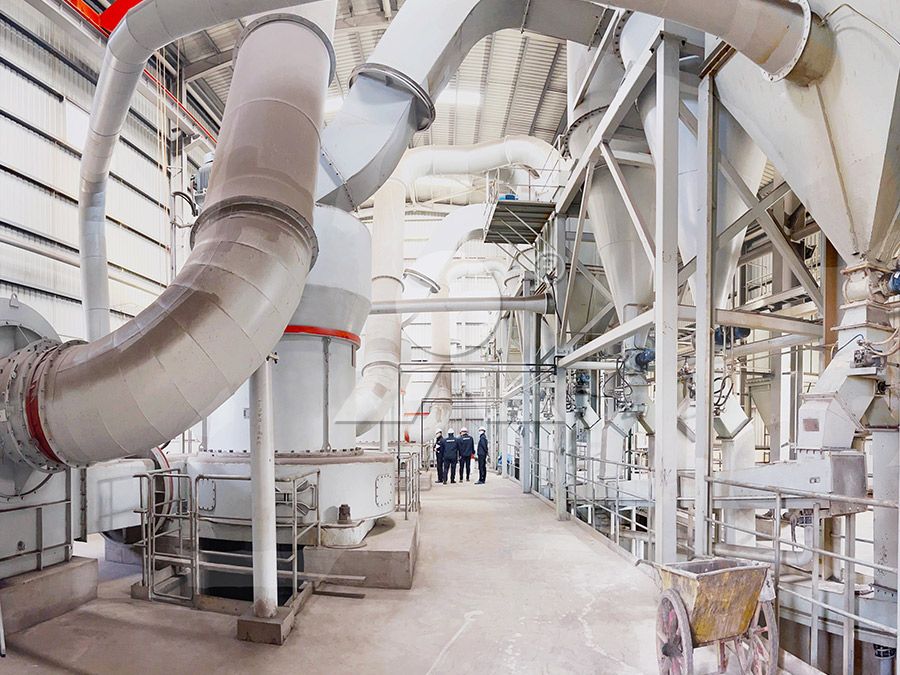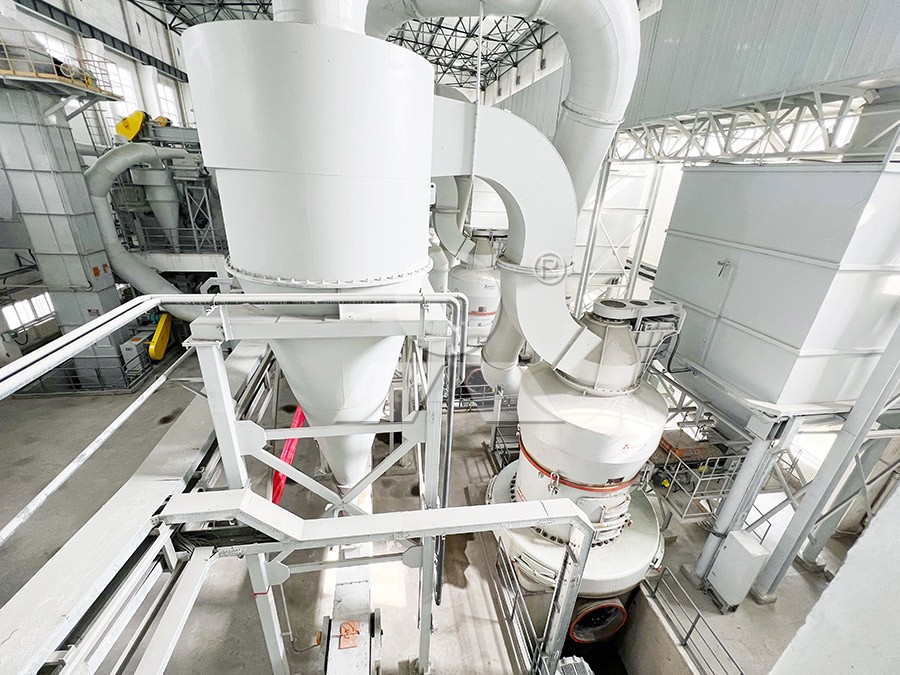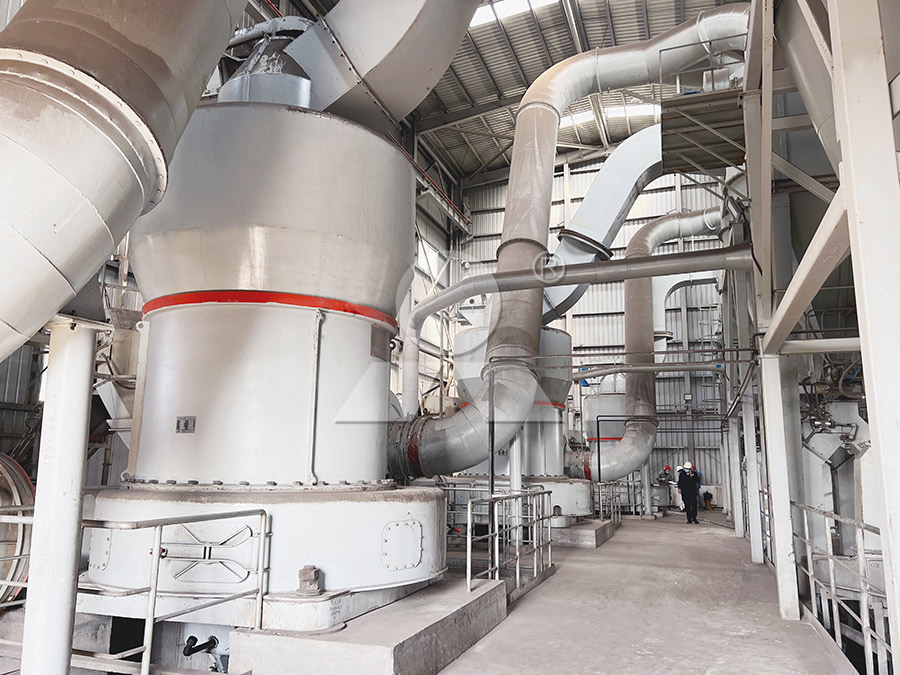Working Principle of Barite Grinding Mill Machinery
Working Principle of Barite Grinding Mill Machinery
Barite grinding represents a critical process in numerous industrial applications, requiring specialized machinery to achieve the precise particle size distribution and purity demanded by sectors ranging from oilfield services to pharmaceuticals. Understanding the fundamental working principles of these grinding systems enables operators to optimize performance and select appropriate equipment for their specific needs.

Fundamental Grinding Mechanisms
The transformation of raw barite ore into fine powder involves several mechanical forces working in concert. Impact crushing occurs when materials collide with rotating elements at high velocity, effectively breaking larger particles into smaller fragments. Abrasion grinding takes place as particles rub against each other and against grinding surfaces, gradually wearing them down to micron sizes. Compression forces apply direct pressure to materials trapped between grinding components, while shear forces create sliding actions that further reduce particle size.
Modern grinding systems typically employ a combination of these mechanisms to achieve efficient size reduction. The specific balance of forces depends on the mill design, with different configurations optimized for various feed sizes, throughput requirements, and final product specifications.
Material Flow Through Grinding Systems
Proper material handling represents a crucial aspect of barite grinding operations. The process begins with preliminary crushing, where large barite chunks are reduced to manageable sizes typically below 20mm. This prepared feed material then enters the grinding circuit through controlled feeding mechanisms that maintain consistent flow rates.
Inside the grinding chamber, the material undergoes progressive size reduction through multiple passes. Coarser particles are continuously recirculated for further grinding, while properly sized material advances to separation stages. This recycling of oversize material ensures maximum utilization of grinding energy and consistent product quality.

Advanced Grinding Solutions
For operations requiring ultra-fine barite powders with precise particle size control, the MW Ultrafine Grinding Mill represents an optimal solution. This advanced system processes materials with input sizes up to 20mm and delivers throughput capacities ranging from 0.5 to 25 tons per hour. Its innovative design eliminates rolling bearings and screws within the grinding chamber, significantly reducing maintenance concerns and potential contamination risks.
The MW series incorporates German-developed cage-type powder selection technology that enables precise fineness adjustment between 325-2500 meshes. This flexibility allows operators to produce barite powders tailored to specific application requirements, from standard oil drilling grade to high-purity pharmaceutical specifications. The integrated pulse dust collection system ensures environmentally responsible operation by containing fine particles throughout the grinding process.
Particle Classification and Collection
Following the grinding phase, efficient particle separation determines the final product characteristics. Air classifiers utilize centrifugal forces and airflow patterns to segregate particles based on size and density. Coarse particles rejected by the classifier return to the grinding zone for further processing, while properly sized material proceeds to collection systems.
Cyclone separators employ vortex motion to separate powder from conveying air through centrifugal action, collecting the majority of product. Baghouse filters or cartridge collectors capture remaining fine particles, achieving collection efficiencies exceeding 99%. The cleaned air may be recirculated to optimize thermal efficiency in drying applications or vented to atmosphere when processing moisture-sensitive materials.

System Integration and Control
Modern barite grinding installations incorporate comprehensive automation and monitoring systems. Programmable logic controllers (PLCs) manage operational parameters including feed rate, grinding pressure, classifier speed, and temperature. Real-time particle size analyzers provide continuous feedback for process optimization, while remote monitoring capabilities enable off-site supervision and troubleshooting.
These control systems maintain consistent product quality despite variations in feed material characteristics, automatically adjusting operational parameters to compensate for changes in ore hardness, moisture content, or desired product specifications. The result is a highly efficient grinding process that minimizes energy consumption while maximizing product quality and system reliability.
Frequently Asked Questions
What is the typical energy consumption for barite grinding operations?
Energy requirements vary significantly based on the target fineness and mill efficiency. Advanced systems like the MW Ultrafine Grinding Mill can achieve energy savings up to 30-50% compared to conventional grinding technologies, particularly when processing materials to finer specifications.
How does barite hardness affect grinding mill selection?
With a Mohs hardness of 3-3.5, barite falls in the medium-soft mineral category. This characteristic makes it suitable for various grinding technologies, though the abrasiveness still requires robust construction. The MW series specifically addresses this with wear-resistant materials in critical components.
What environmental considerations apply to barite grinding?
Modern grinding systems incorporate multiple environmental protection features. The MW Ultrafine Grinding Mill includes efficient pulse dust collectors that eliminate particulate emissions, while noise reduction technologies maintain operational sound levels within regulatory limits. The closed-system design prevents material loss and environmental contamination.
Can the same grinding mill process different mineral materials?
While specifically designed for barite, the MW Ultrafine Grinding Mill demonstrates versatility across multiple non-metallic minerals including limestone, calcite, dolomite, and talc. Quick-adjustment features allow operators to switch between materials with minimal downtime, though thorough cleaning is recommended when changing between applications with strict purity requirements.
